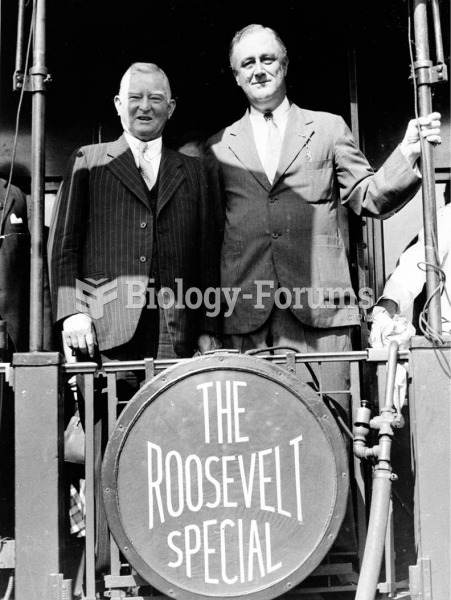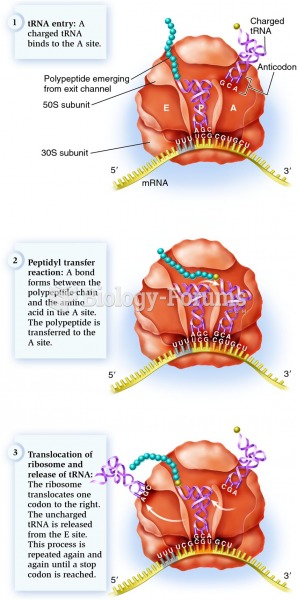This topic contains a solution. Click here to go to the answer
|
|
|
Did you know?
The term pharmacology is derived from the Greek words pharmakon("claim, medicine, poison, or remedy") and logos ("study").
Did you know?
Pope Sylvester II tried to introduce Arabic numbers into Europe between the years 999 and 1003, but their use did not catch on for a few more centuries, and Roman numerals continued to be the primary number system.
Did you know?
Fungal nail infections account for up to 30% of all skin infections. They affect 5% of the general population—mostly people over the age of 70.
Did you know?
The familiar sounds of your heart are made by the heart's valves as they open and close.
Did you know?
Today, nearly 8 out of 10 pregnant women living with HIV (about 1.1 million), receive antiretrovirals.
 A vigorous-looking Franklin D. Roosevelt campaigns for the presidency in 1932. His vice-presidential
A vigorous-looking Franklin D. Roosevelt campaigns for the presidency in 1932. His vice-presidential
 Vice President Richard M. Nixon and Soviet leader Nikita Khrushchev engage in a “kitchen debate” ...
Vice President Richard M. Nixon and Soviet leader Nikita Khrushchev engage in a “kitchen debate” ...





